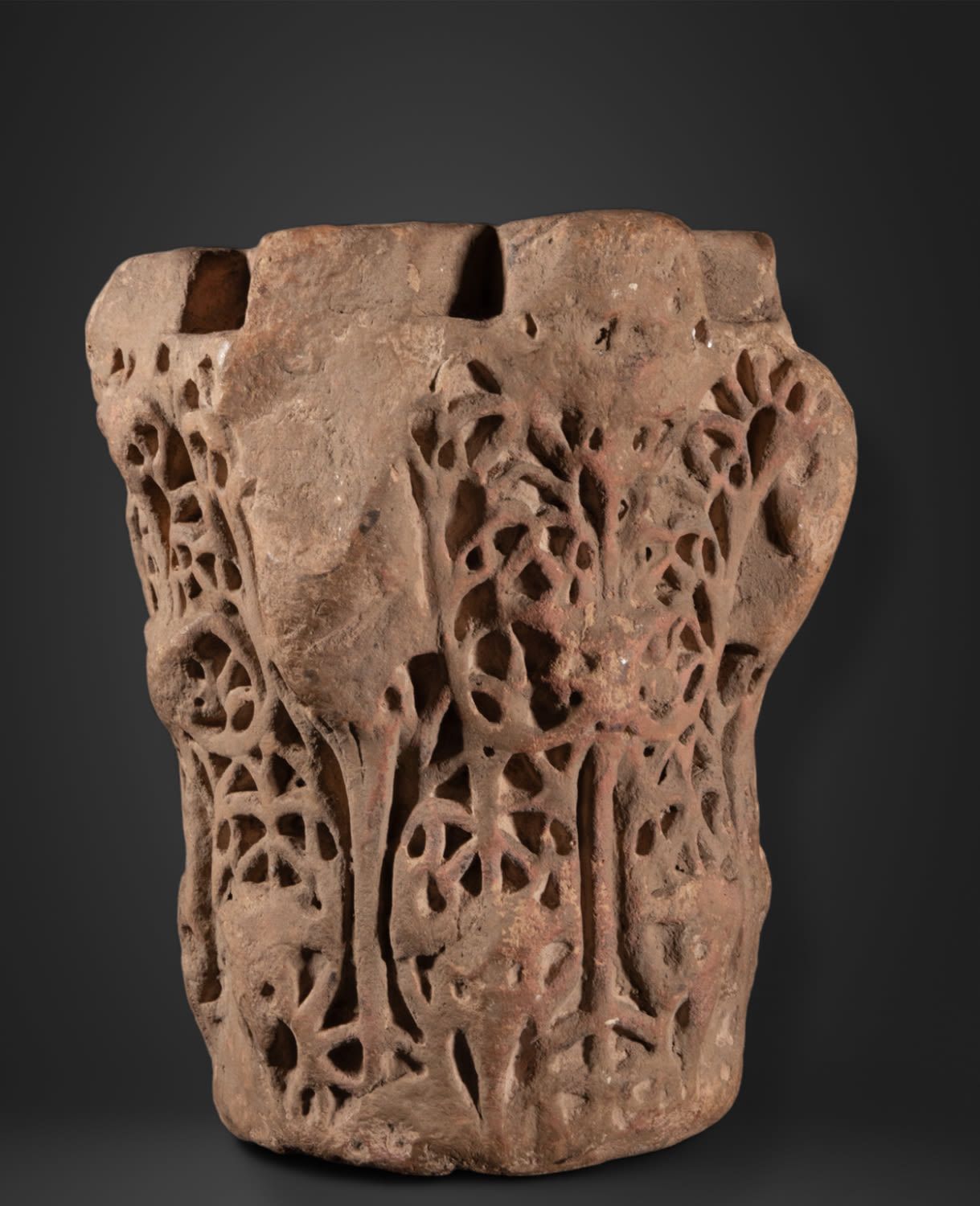Description
Exceptional Hispanic Muslim Capital called honeycomb, Islamic work Hispanic Arab Umayyad period 12th to 13th centuries In carved stone and measures 30 x 23 x 23 cm. Provenance: important private collection, Madrid.
266
Exceptional Hispanic Muslim Capital called honeycomb, Islamic work Hispanic Arab Umayyad period 12th to 13th centuries In carved stone and measures 30 x 23 x 23 cm. Provenance: important private collection, Madrid.
You may also like
